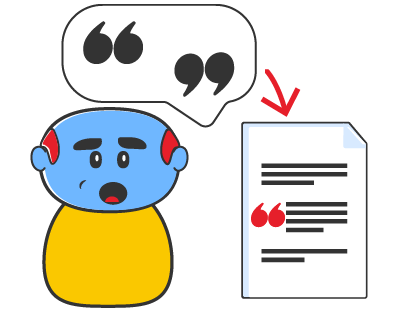Research indicates that emotional intelligence plays a crucial role in effective team leadership. A number of studies have found that leaders who possess high emotional intelligence are better equipped to comprehend team dynamics, which in turn fosters greater team cohesion and performance (Cerra, 2024; Michaels, 2021).1Screen reader users, this is a paraphrase of both Cerra and Michaels. This is supported by Khan et al. (2024), who found that emotionally intelligent leaders often see "increased employee satisfaction and reduced turnover rates", suggesting that such leaders create more stable and committed teams (p. 49).2Screen reader users, this is a quote from Khan et al. Furthermore, Koroka and Jones (2023) highlight that leaders with strong emotional intelligence skills promote open communication and adeptly manage conflicts, creating a more harmonious and productive workplace environment.3Screen reader users, this is a paraphrase of Koroka & Jones. Collectively, these studies suggest that emotional intelligence is a vital component of successful team leadership.
Integrating information
A key component of literature reviews is incorporating the information, ideas and theories of other scholars. To do this, we need to use paraphrasing, and to a lesser extent, quoting. On this page, you'll find examples of how information has been integrated into a literature review paragraph.
Paraphrasing and quoting
Let's imagine that you have found information from a number of authors that you would like to use in a body paragraph of your literature review. How can you integrate these ideas into your writing?
The answer is paraphrasing and quoting:

- Paraphrasing involves rewording an original text while retaining its meaning. It requires citing the original author(s) with details like surnames and publication year.
- Quoting means using an author's exact words, enclosed in quotation marks, with a citation including the author's surname, publication year, and page number.
Citation formats for both paraphrasing and quoting depend on the required referencing style. For guidance, consult Easy Cite and the Paraphrasing and Quoting pages.
Example
Now, let's explore an example of how one student integrated information from four articles into a paragraph on the topic of emotional intelligence.
Original sentences:
- Cerra (2024): "Emotional intelligence in leadership not only enhances interpersonal relationships but also drives strategic decision-making processes, leading to superior organisational outcomes."
- Michaels (2021): "Emotional intelligence enhances leaders' ability to understand team dynamics, leading to improved team cohesion and performance."
- Khan et al. (2024): "The application of emotional intelligence in leadership roles is linked to higher employee satisfaction and reduced turnover rates."
- Koroka & Jones (2023): "Leaders with high emotional intelligence tend to foster environments where communication is open, and conflicts are resolved more effectively."
Paragraph with integrated information
Screen reader users, this text uses visual highlights to indicate different parts of speech. Each highlight is explained for your convenience.
Notice how for the paraphrases:
- the sentences use a number of different words from the originals
- the structures of the sentences have changed from the originals
- citations have been included that provide author names and years of publication.
Notice how for the direct quote:
- quotation marks have been used
- a page number has been provided.
Information prominent / author prominent
Another thing that you may have noticed from the example paragraph is that in some cases that the author or authors' names are included in the sentence, and in others, their names are in brackets at the end of the sentence.
These two styles are called information prominent and author prominent.
Information prominent sentences are used when we want to emphasise the information rather than the author. The citation is placed at the end of the sentence in brackets.
For example:
A number of studies have found that leaders who possess high emotional intelligence are better equipped to comprehend team dynamics, which in turn fosters greater team cohesion and performance (Cerra, 2024; Michaels, 2021).
Author prominent sentences are used when we want to emphasise who came up with the theory or conducted the study. The citation is placed at the beginning of the sentence.
For example:
This is supported by Khan et al. (2024), who found that emotionally intelligent leaders often see "increased employee satisfaction and reduced turnover rates", suggesting that such leaders create more stable and committed teams (p. 49).
Generally speaking, most academic writing uses a mixture of these two styles.
*Please note that the APA 7th edition referencing style has been used for the examples on this page. Check with your teacher or instructor which referencing style they require you to use.


